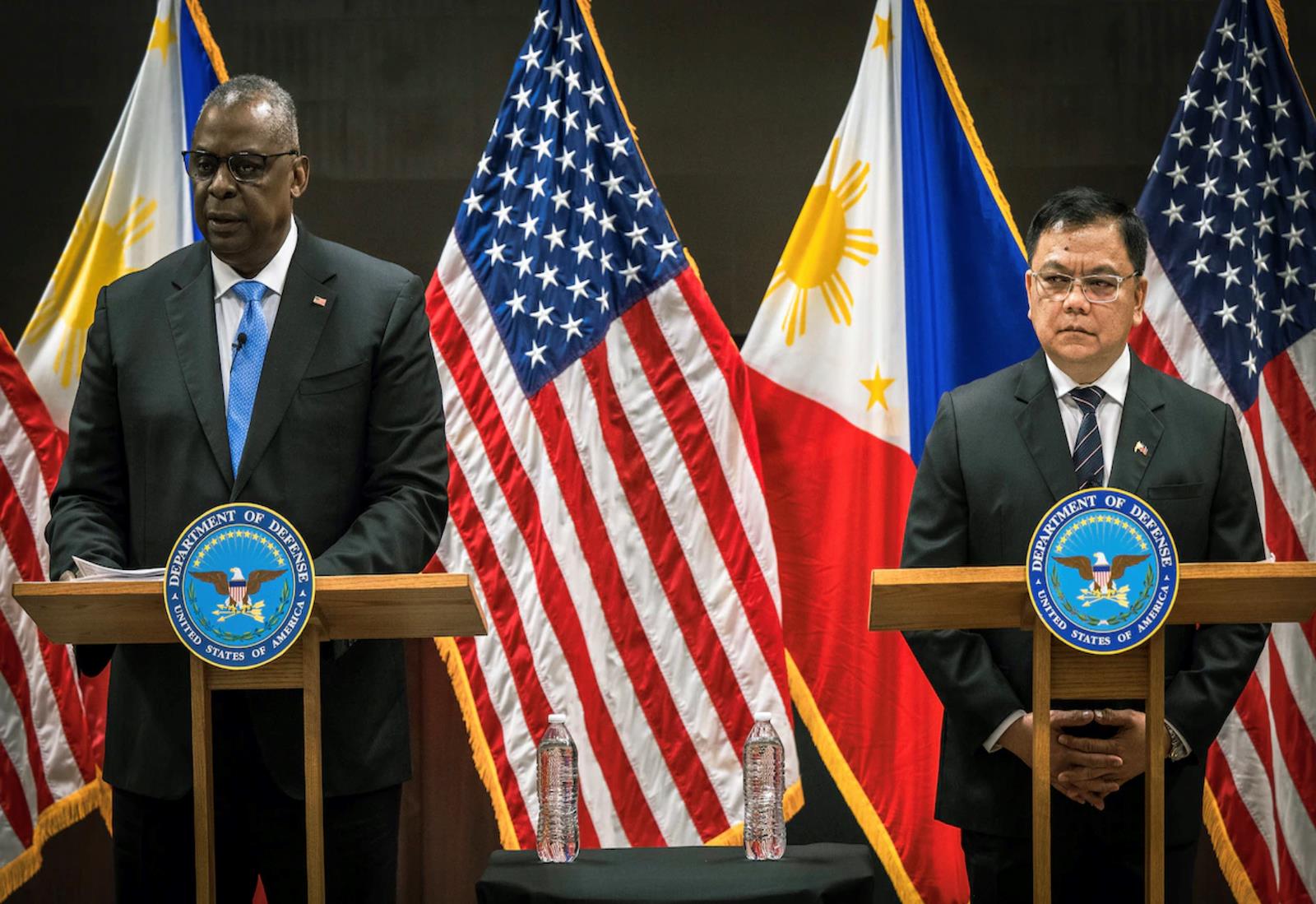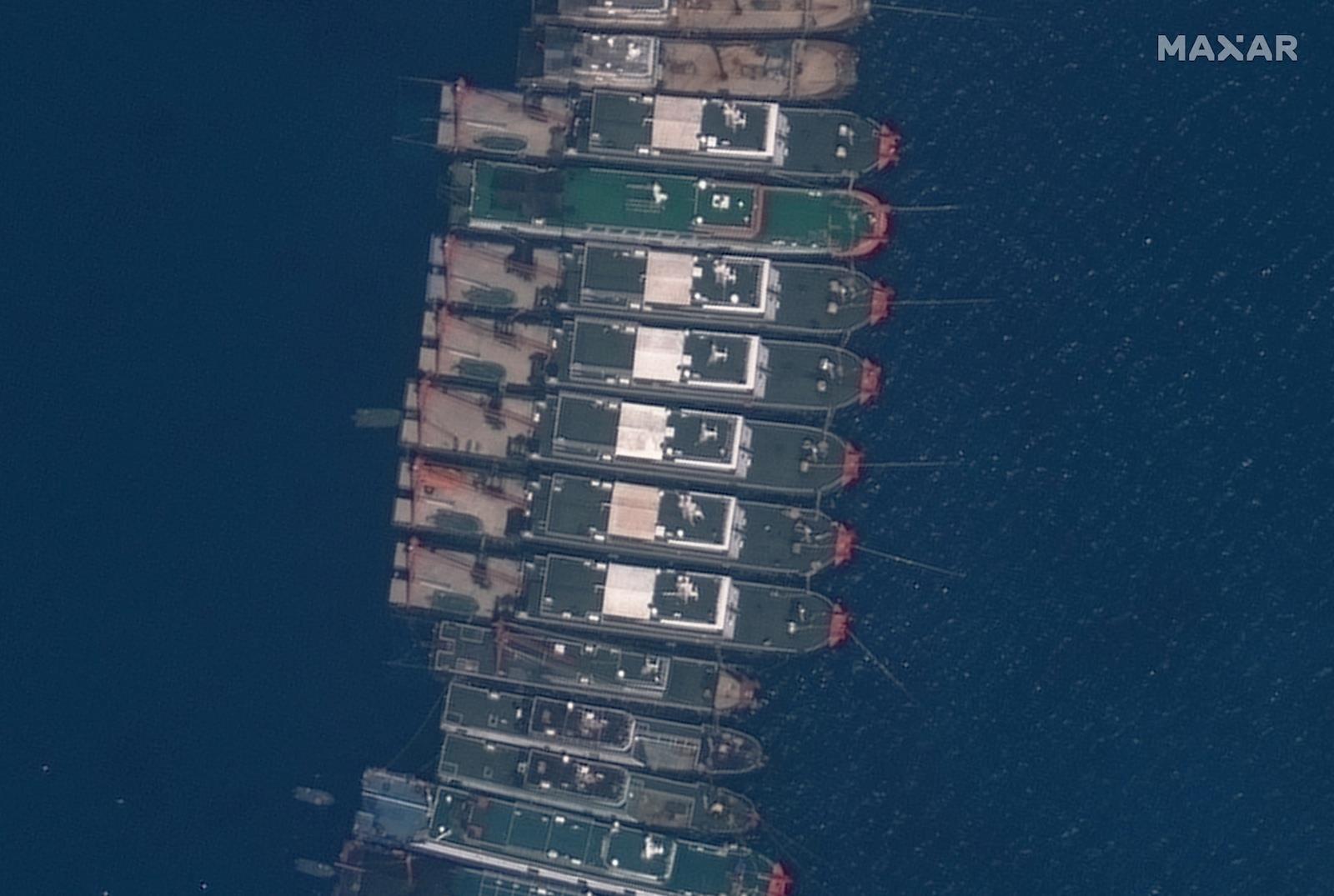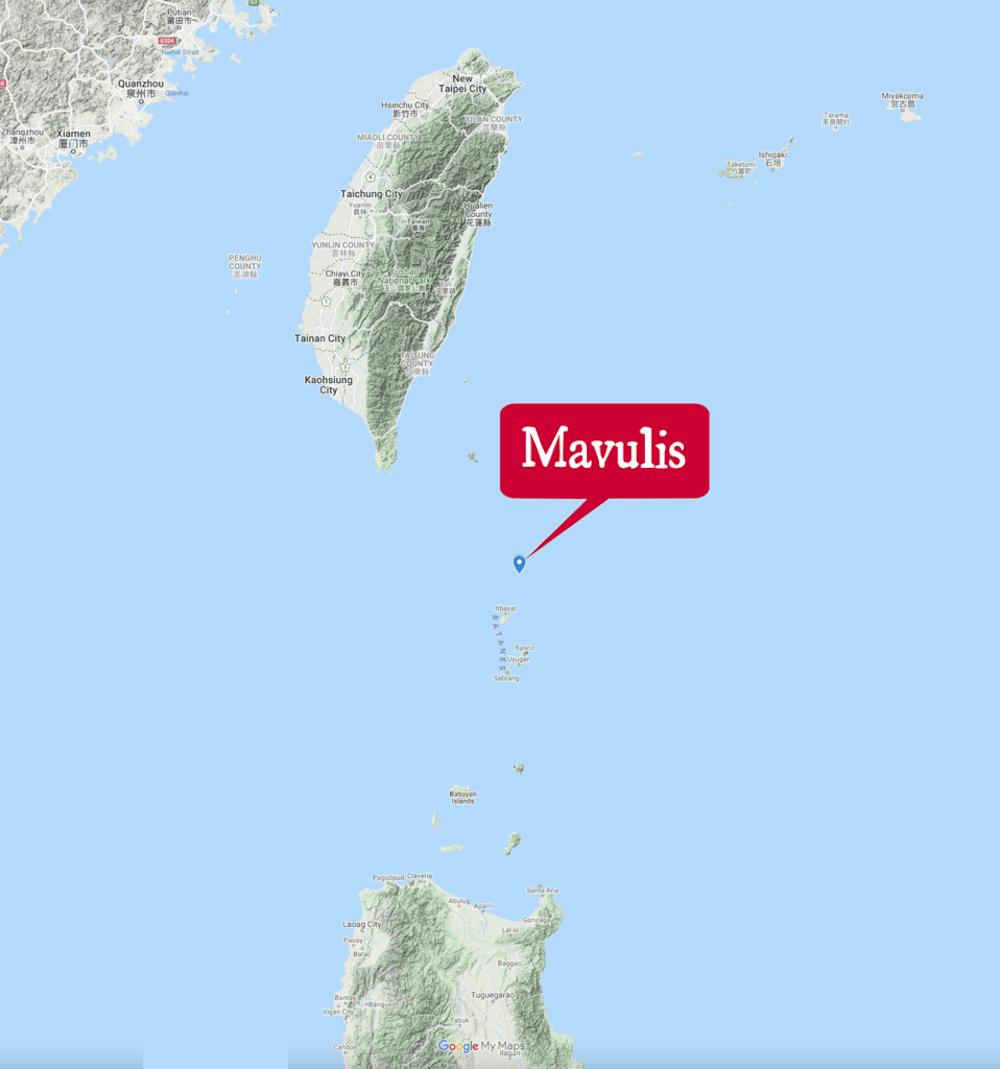(MENAFN- Asia Times) MANILA – US Secretary of Defense Lloyd Austin touched down in Manila this week to open a new era of military cooperation with America's oldest ally in Asia, significantly at a time Washington and Beijing are locked in a rising contest for military supremacy in the region.
Just hours into the US defense chief's visit, the two allies made a major announcement that will have long-term implications not only for bilateral relations but also US-China strategic competition.
According to a statement by the US Department of Defense (DoD), the two sides will press ahead with the“full implementation” of the Enhanced Defense Cooperation Agreement (EDCA), a vital military pact that grants US troops rotational access to key Philippine military bases.
“The EDCA is a key pillar of the US-Philippines alliance, which supports combined training, exercises and interoperability between our forces. Expansion of the EDCA will make our alliance stronger and more resilient, and will accelerate modernization of our combined military capabilities,” the statement added.
Under EDCA, US troops will also be allowed to preposition weapons systems and basic military infrastructure, which will be crucial to America's ability to project power in the Western Pacific. The Philippines has effectively agreed to almost double the number of bases to which the Pentagon will have access to under the vital defense pact.
The exact location of the additional bases hasn't been divulged, but they are most likely located in the Philippines' northernmost provinces, which are close to Taiwan's shores.
Other key bases are located near or in the South China Sea, as well as in the Philippines' troubled southern regions where extremist militant groups remain active.
After six years of delays and uncertainty under former president Rodrigo Duterte, who opposed his country's defense alliance with Washington, the new Ferdinand Marcos Jr administration has become pivotal to Pentagon's“integrated deterrence” strategy in the Indo-Pacific.
The last time Austin visited Manila he managed to prevent a breakdown in bilateral relations. Just over a year after then-Philippine president Duterte unilaterally suspended the US-Philippine Visiting Forces Agreement (VFA), which undergirds annual joint military activates and exercises, the US defense chief met top Filipino leaders to restore frayed ties.

Secretary of Defense Lloyd J. Austin III and Jose C. Faustino Jr, officer in charge of the Philippine Department of National Defense, address the media at US Indo-Pacific Command headquarters at Camp H.M. Smith, Hawaii, September 29, 2022. Image: US DoD / Chad J McNeeley
Perceived as umble in demeanor and soft in his statements, Austin made a great impression on Filipino counterparts, most especially Duterte, who hailed their“productive meeting” and shared commitment to “strong ties between our people.”
Shortly after, Duterte rescinded his earlier decision to nix the vital defense pact, thus fully restoring the VFA. The two allies also began to discuss expanding defense cooperation through a multi-billion-dollar defense deal, including for advanced US fighter jets.
Just months later, the two sides marked the 70th Anniversary of the Philippine-US Mutual Defense Treaty (MDT) with a series of high-level talks between their defense and foreign ministers in Washington, DC. With Duterte's term entering its final months, bilateral relations had been by and largely restored.
The rise of Marcos Jr however, has injected new vigor and energy into the bilateral alliance, beginning with a series of cordial conversations and meetings between the Filipino leader and US President Joe Biden last year.
Soon thereafter, the two allies began to discuss a rapid expansion in bilateral defense cooperation, culminating in a series of high-level meetings among military officials, including both country's defense chiefs, in Hawaii last year.
Accordingly, the two allies agreed to expand bilateral military activities by 60% (from 300 to 500 ) as well as expand the annual Balikatan joint exercises by increasing the number of participating troops from around 9,000 to 16,000. Most crucially, however, was Manila's decision to fully implement and expand the parameters of EDCA under a new administration.
During his latest visit to Manila, Austin has once again overseen a major breakthrough in bilateral relations, this time by expanding the parameters of a crucial defense deal.
“The Philippines and the United States are proud to announce their plans to accelerate the full implementation of the Enhanced Defense Cooperation Agreement (EDCA) with the agreement to designate four new Agreed Locations in strategic areas of the country and the substantial completion of the projects in the existing five Agreed Locations,” the two allies said in a joint statement.
The“existing five” locations include the Basa (Pampanga province) and Bautista (Palawan province) airbases, which are close to the Scarborough Shoal and Spratly group of islands, respectively, in the contested South China Sea.
Manila hopes that an expanded US troop presence in those areas could act as a more credible deterrence against further Chinese incursions into Philippine-claimed waters.

This handout satellite imagery taken on March 23, 2021 by Maxar Technologies shows Chinese vessels anchored at the Whitsun Reef, around 320 kilometers (175 nautical miles) west of Bataraza in Palawan in the South China Sea. Photo: Handout / Satellite image ©2021 Maxar Technologies
The Pentagon has tried to present the EDCA implementation as a relatively anodyne and economically-friendly move, focused on job creation and humanitarian assistance and disaster relief (HADR) operations.
According to the DoD Statement, the US has allocated“over $82 million” for “infrastructure investments at the existing five sites under the EDCA”, which will support“economic growth and job creation in local Philippine communities.”
The two allies are also considering joint patrols in the disputed waters to enhance interoperability and preserve Philippine sovereign rights in the resource-rich area.
During his visit to beijing last month, where major economic initiatives were announced, Marcos Jr failed to secure any major concessions from China on their festering disputes in the South China Sea.
Amid rising tensions over Taiwan, however, the Philippines has also expressed its openness to prepare for and even assist American efforts to deter any potential invasion of the self-ruling island that China insists is a renegade province that must be“reunified” with the mainland.
In response, the two sides have understood their commitment“to move quickly in agreeing to the necessary plans and investments for the new and existing EDCA locations.” The exact details of all the“new locations” have yet to be revealed.
But former Philippine military chief Lieutenant General Bartolome Vicente Bacarro publicly suggested that bases in the northernmost provinces of the country, especially in Cagayan and Isabela provinces, will likely also be opened up to US troops under EDCA.
In April, the two sides are expected to conduct massive military drills in Ilocos Norte, the home province of the Marcoses in the northwestern region of the country.
The Philippine Navy currently maintains bases at mavulis, which is located only 140 kilometers from Taiwan's southernmost shores, as well as nearby fuga island .

The US could be given access to Philippine bases situated in its northernmost reaches in the event of a China invasion of Taiwan. Image: Twitter
While it's unlikely that those particular bases will be opened to the Americans under EDCA, since this could be seen as too provocative vis-à-vis China, the two allies are expected to expand joint exercises in the area in the coming months and years.
However, those bases will likely be opened to US troops should China press ahead with a full-scale invasion of taiwan via its southern shores.
“What would it do to the US-Philippine alliance if Americans were dying 50 miles from the shores of the Philippines and the Philippine government refused [to assist]”, Greg Poling, who leads the CSIS think tank's Asia Maritime Transparency Initiative (AMTI), told this correspondent last year.
“Allies cannot be neutral... [thus the Philippines] has a responsibility to Americans just like Americans have a responsibility to Filipinos [in an event of conflict],” he added.
Follow Richard Javad Heydarian on Twitter at @Richeydarian























Comments
No comment